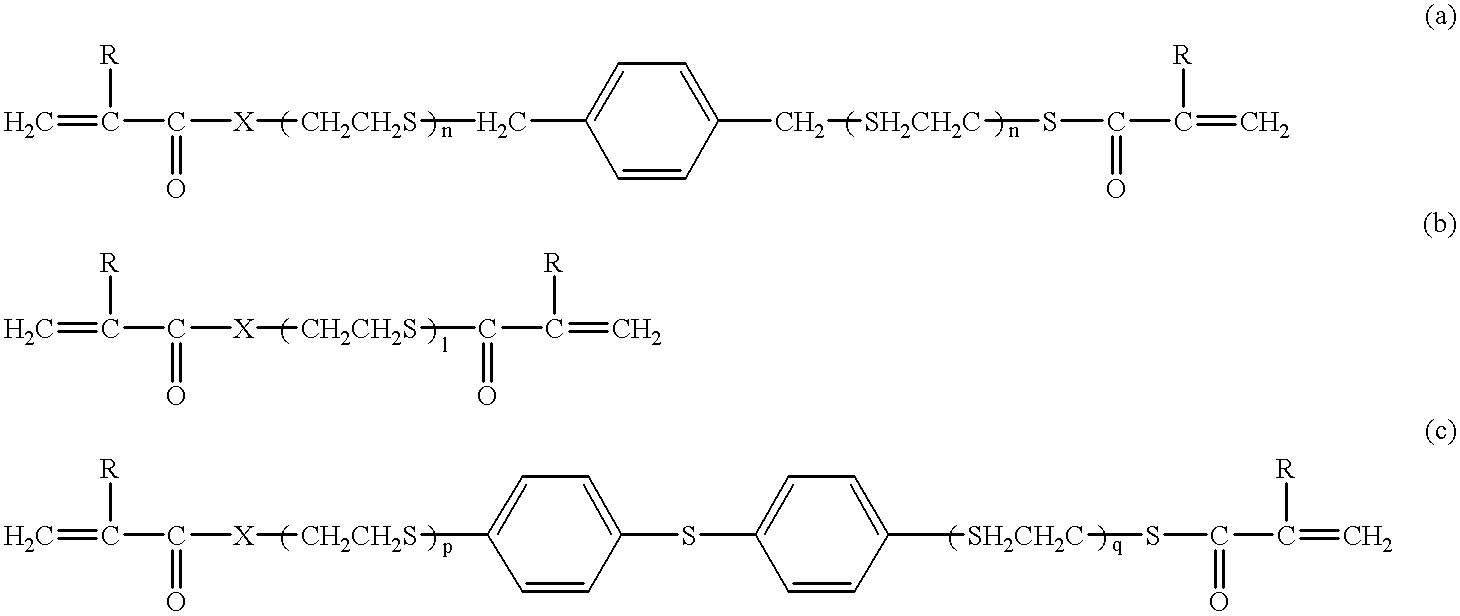Photosensitive paste, a plasma display, and a method for the production thereof
a plasma display and photosensitive paste technology, applied in the field of display and circuit materials, can solve the problems of sensitivity and resolution, screen printing is disadvantageous in forming accurate patterns, and the formation of patterns with a high aspect ratio requires many processing steps,
- Summary
- Abstract
- Description
- Claims
- Application Information
AI Technical Summary
Benefits of technology
Problems solved by technology
Method used
Image
Examples
example 2
A paste was prepared from 75 g of powdered glass A2 and 25 g of organic component B3 given in Table 1, using 15 g of solvent.
A pattern was formed and firing was performed at 560.degree. C. for 10 min. Results are shown in Table 3.
example 3
A paste was prepared from 70 g of powdered glass A3 and 30 g of organic component B4 given in Table 1, using 15 g of solvent.
A pattern was formed and firing was performed at 560.degree. C. for 10 min. Results are shown in Table 3.
example 4
A paste was prepared from 80 g of powdered glass A4 and 20 g of organic component B4 given in Table 1, using 7 g of solvent.
A pattern was formed and firing was performed at 580.degree. C. for 15 min. Results are shown in Table 3.
PUM
| Property | Measurement | Unit |
|---|---|---|
| thickness | aaaaa | aaaaa |
| refractive index | aaaaa | aaaaa |
| refractive index | aaaaa | aaaaa |
Abstract
Description
Claims
Application Information
 Login to View More
Login to View More - R&D
- Intellectual Property
- Life Sciences
- Materials
- Tech Scout
- Unparalleled Data Quality
- Higher Quality Content
- 60% Fewer Hallucinations
Browse by: Latest US Patents, China's latest patents, Technical Efficacy Thesaurus, Application Domain, Technology Topic, Popular Technical Reports.
© 2025 PatSnap. All rights reserved.Legal|Privacy policy|Modern Slavery Act Transparency Statement|Sitemap|About US| Contact US: help@patsnap.com



